Be a Happy Cactus and get Distilling!
What is distilling/distillation?
Plain and simple, boiling and condensation of a fermented base, in your column still, to separate the drink to increase the alcohol content in the process.
Types of Distilled Spirit
Vodka
Distilled primarily from high-starch plants, potatoes are the most common base, though one can also use rye, corn, grains, or beets.
Gin
Gin is distilled from grain. Unflavoured it has a typically dry flavour. With the craft gin hype, there have been many flavoured gin types, not just your traditional flavours like juniper, spice, or citrus.
South African Law states that:
The gin shall be produced by distilling the fermented mash of grain together with juniper berries… and then there are a few other things. The law is on the Juniper Berries page.
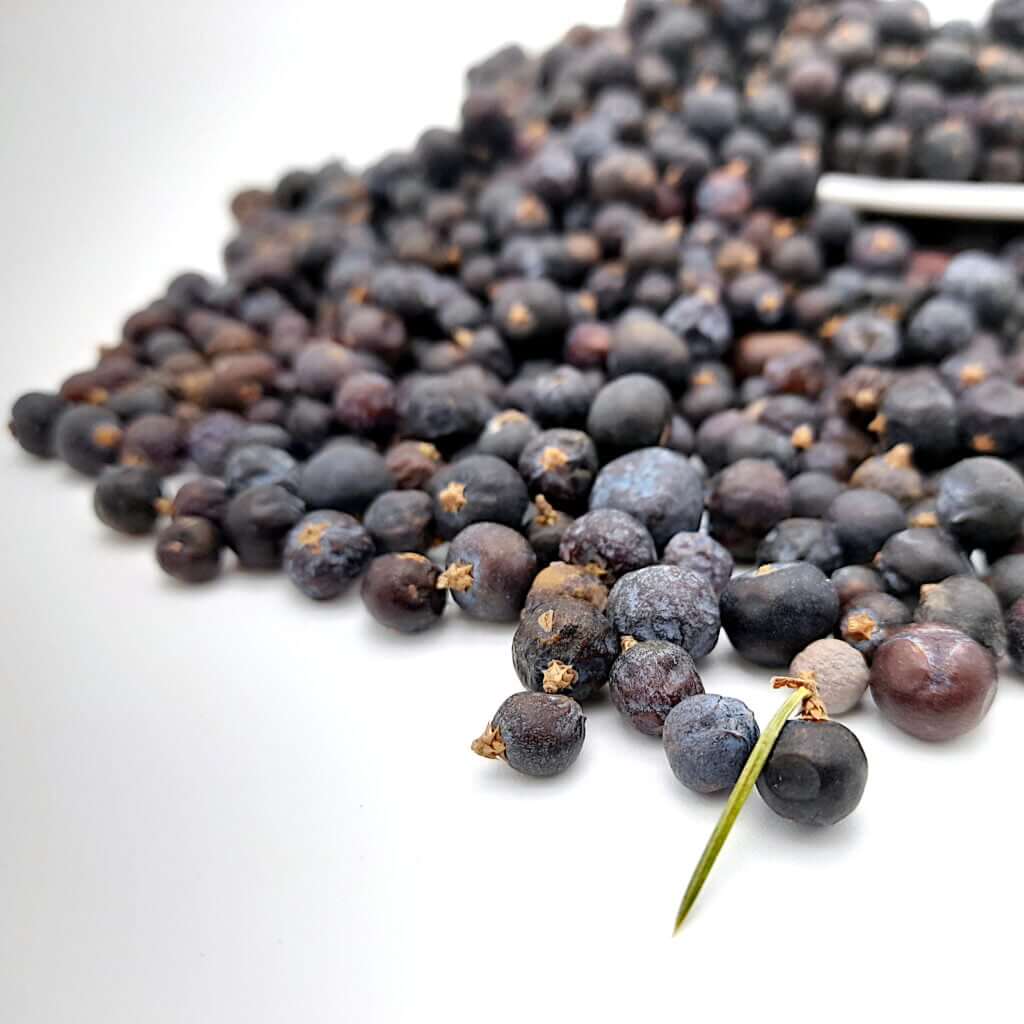
Tequila
Made from fermented agave, tequila tastes somewhat sweet, earthy, and piquant, though this varies depending on where the agave was grown. Some tequilas are aged in barrels/casks, while others are blended. Tequila has a reputation for being on the more robust end as spirits go.
Whiskey
Malt whisky = whisky made only from malted barley
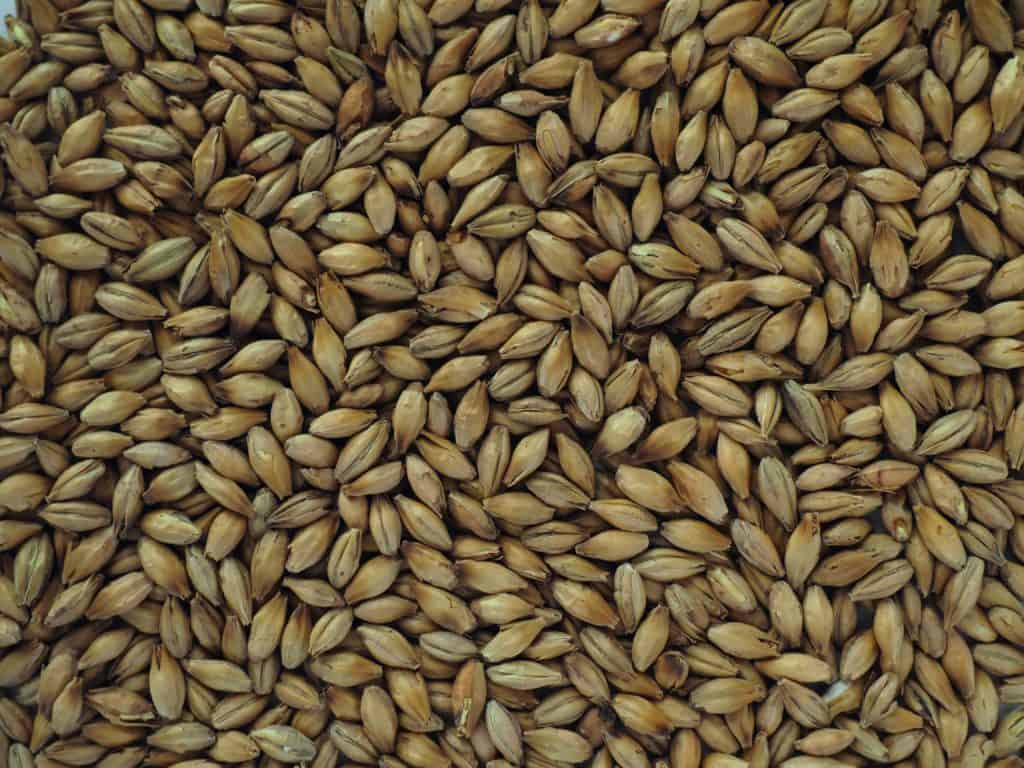
Grain whisky = whisky made from grains other than malted barley
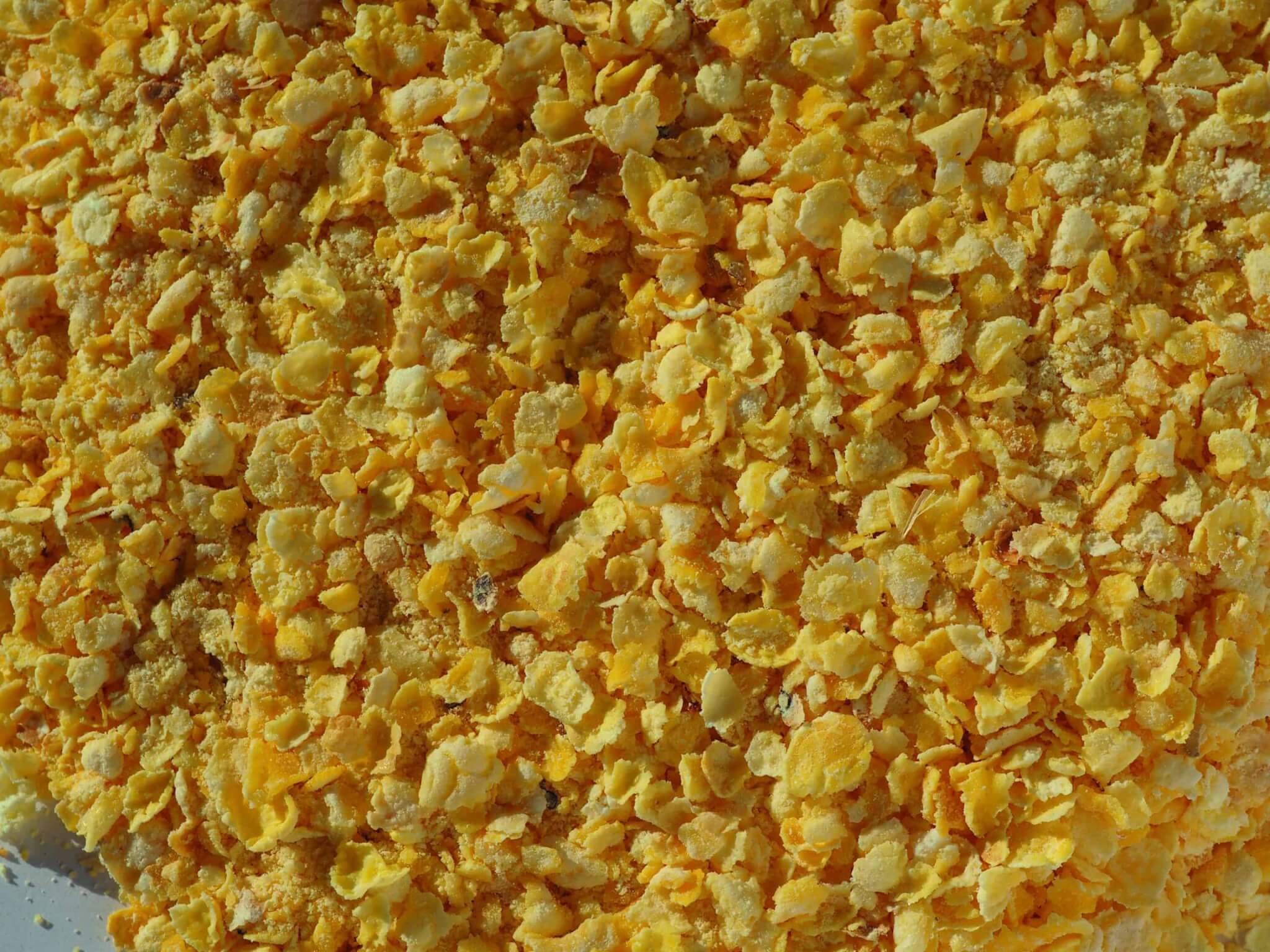
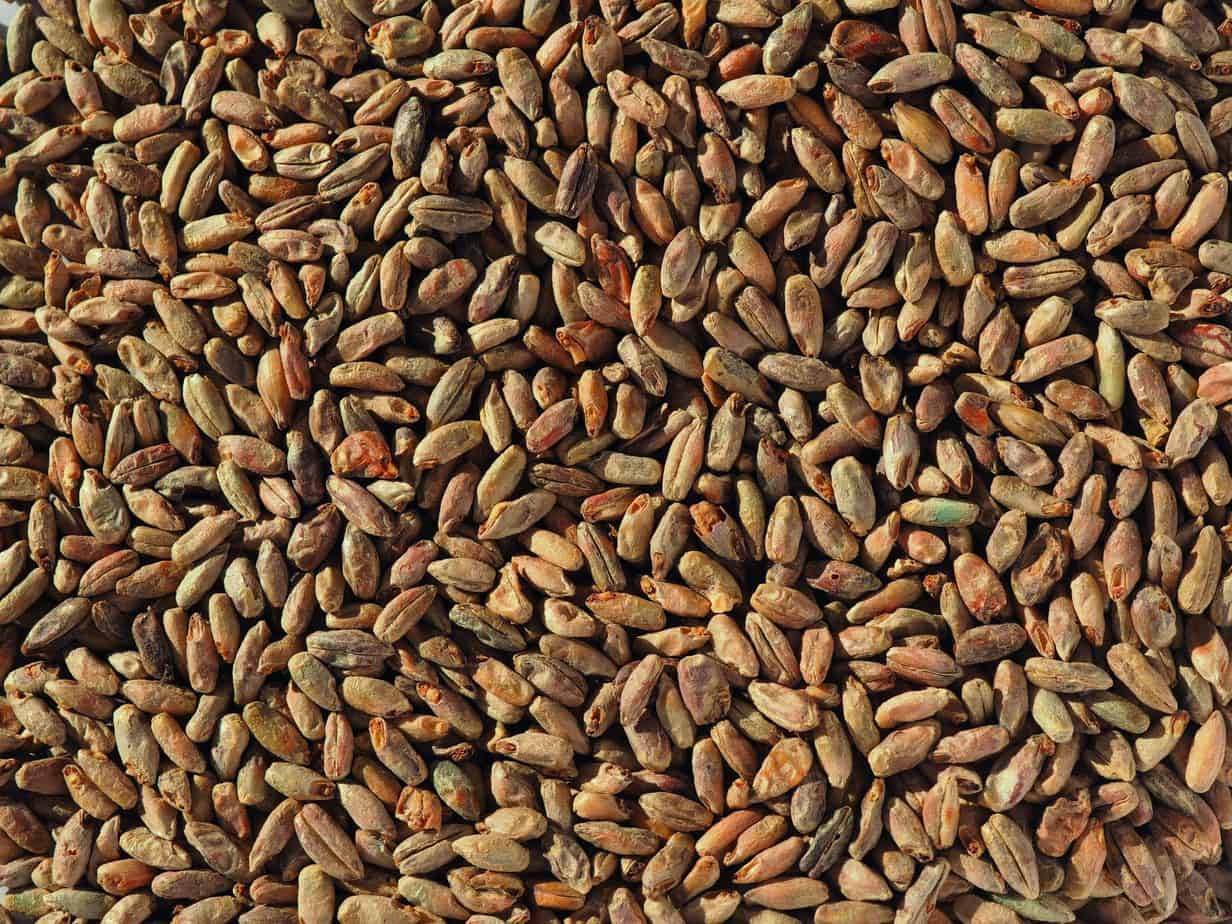
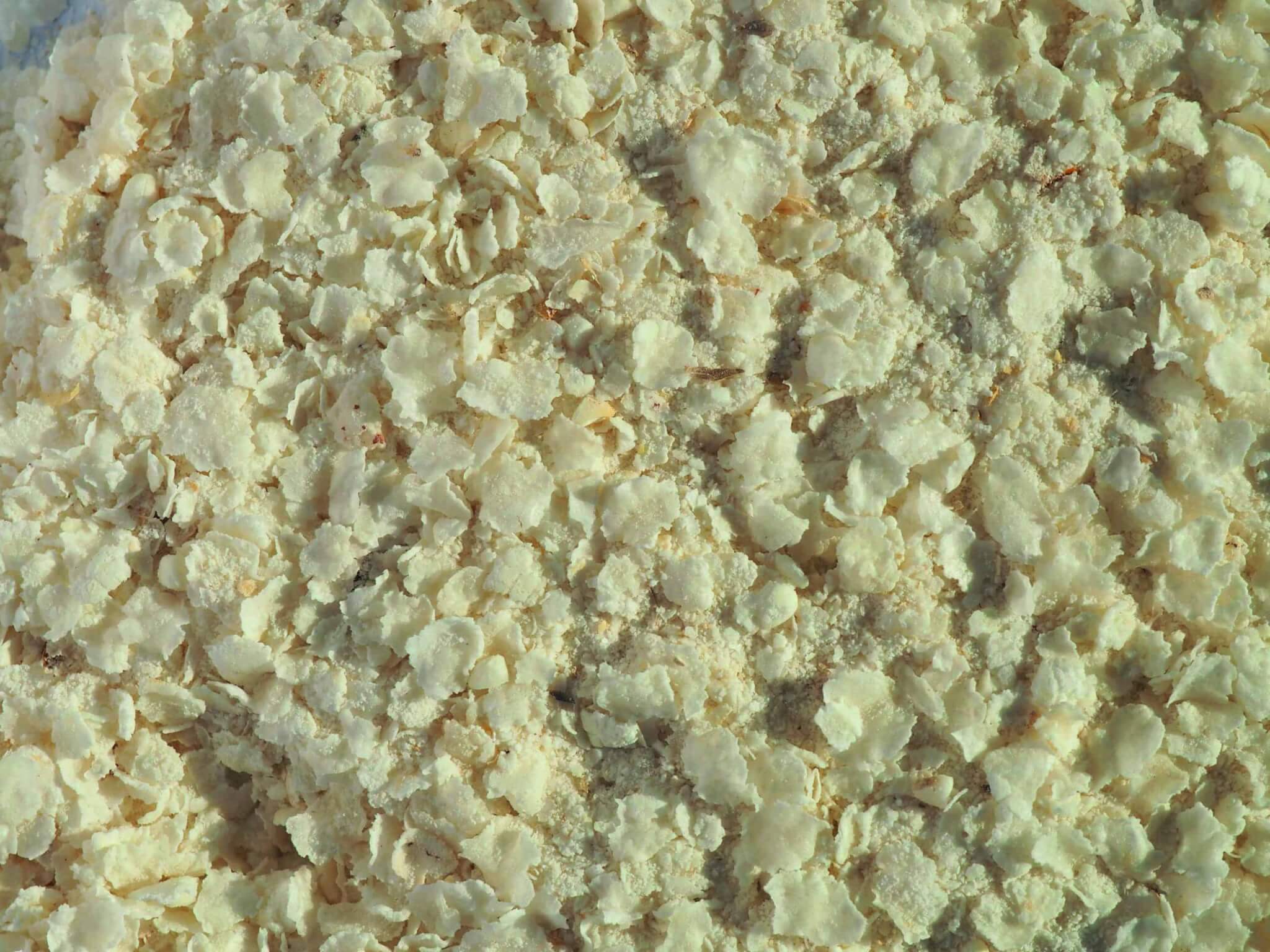
Whiskey, or Whisky, is one of the most diverse spirits to distil. You create a distinctive flavour by the choice of your grains, the choice of your cask, and the number of years you age your whiskey/whisky. At Cactus Craft, you have distilling malt, rye, maize, wheat, and barley to choose from. For a more Scotch-tasting Whisky, we also have the Scottish Peated Malt available.
- Scotch. Rich, smoky flavour, often with hints of peat.
- Rye: Spicy and dry, sometimes contains notes of citrus.
- Bourbon: Sweeter, often with notes of vanilla, caramel, or fruit.
For those home distillers that want the effect without the years’ commitment, there are other methods to flavour and colour your whisky/whiskey to your desired colour and acceptable taste. Malt extract is also a great way to spare yourself the mashing time and get the beautiful colour that whisky should have.
Rum
The most common ingredient used for Rum is molasses or sugar cane. This results in a sweeter spirit than most spirits. Rum can also be aged thus creating more options for the types of rum you can make.
Brandy
Traditionally made from wine, all fermented fruit juices that you distil technically fall under the brandy category. By law, in South Africa, brandy needs to be aged at least 3 years before you can name it brandy, whereas cognac only needs to be aged 2 years and 6 months.
Column Still – Stainless Steel
So why use a column still? In the early 19th century the French, Irish, and Scottish distillers started using this column still design to distil higher quality products in greater quantity, and in a shorter time. Robert Stein invented (and patented) a means of continuous distillation that changed production from 5000 gallons of grain whiskey per year to 150 000 gallons (from 22730 to 681913 litres).
Traditional Pot-still whiskeys differed in flavour per batch or per farm that distilled it. There was a need for more consistent products and malt whisky blended with grain whisky became popular, and still are, all the major brands that you know to this day.
But how does it work?
A column still has partitions, or perforated plates, that set up chambers within the still. The mash enters near the top of the still and immediately starts to sink. The mash, at this point, is still low in alcohol, like beer or wine.
By continuously heating the column still from the bottom, steam rises to the top of the column which is the coolest part of the column. As the mash enters, it sinks to the bottom and when it interacts with the steam the heat vaporises the mash and alcohol is forced up the still.
Every time the vapours hits a plate it condenses. In the column still, the vapour will travel through all the chambers and with every plate it hits it condenses more and leaves heavier components behind like congeners.
Congeners are minor compounds other than ethanol that occur naturally in alcohol beverages as a result of distilling and fermenting processes.
The alcohol vapour then goes through the condenser to condense back to a liquid again. From here it is your preference how many times you want to redistill your product for a smoother outcome/taste.
Spirits like whiskies, brandy, and rum, will then be placed in barrels and aged for a significant amount of time. White spirits are usually only diluted with water to achieve the legal ABV.
September specials
If you are interested in building a stainless steel column still then you are in luck. In September we aim to have a few distilling equipments on sale. Here are some of the new equipment that we now stock. For all our Distilling Equipment click here!
Gin Baskets (Aroma Baskets)
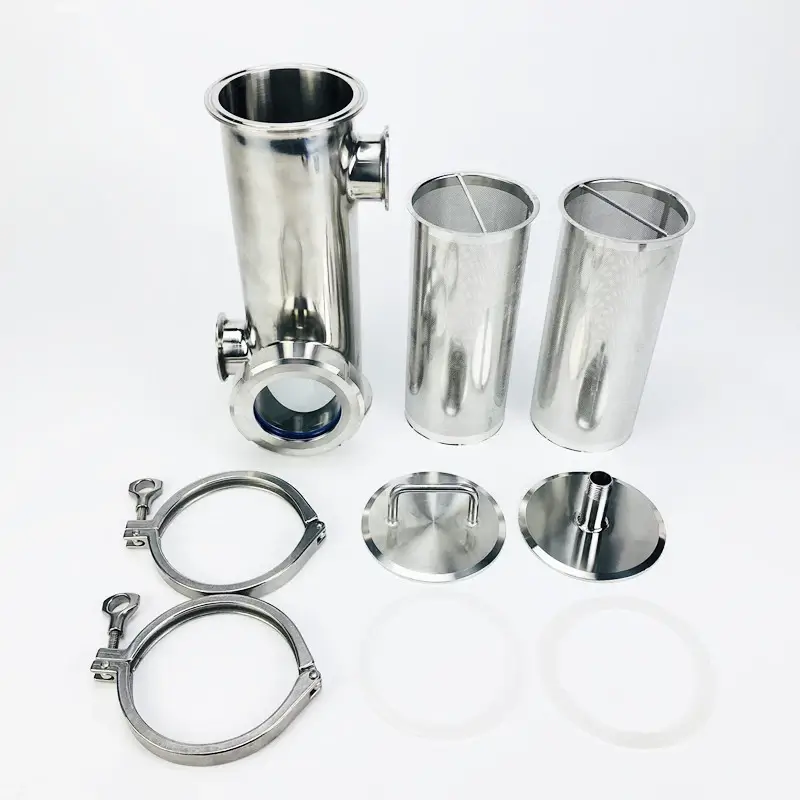
The best way to give your spirits taste and aroma in your column still. The alcohol vapour is channelled through the aroma basket where you put botanicals like juniper berries. That way the alcohol gets enriched with aroma and taste.
Includes a top and bottom plate (bottom plate with thread for adding a valve) as well as 2 x tri clamps and seals.
4 Section Column incl Bubbler Plates
A distillation column is a tube that provides surfaces on which condensations and vaporizations can occur before the gas enters the condenser in order to concentrate the more volatile liquid in the first fractions and the less volatile components in the later fractions.
Dephlegmator
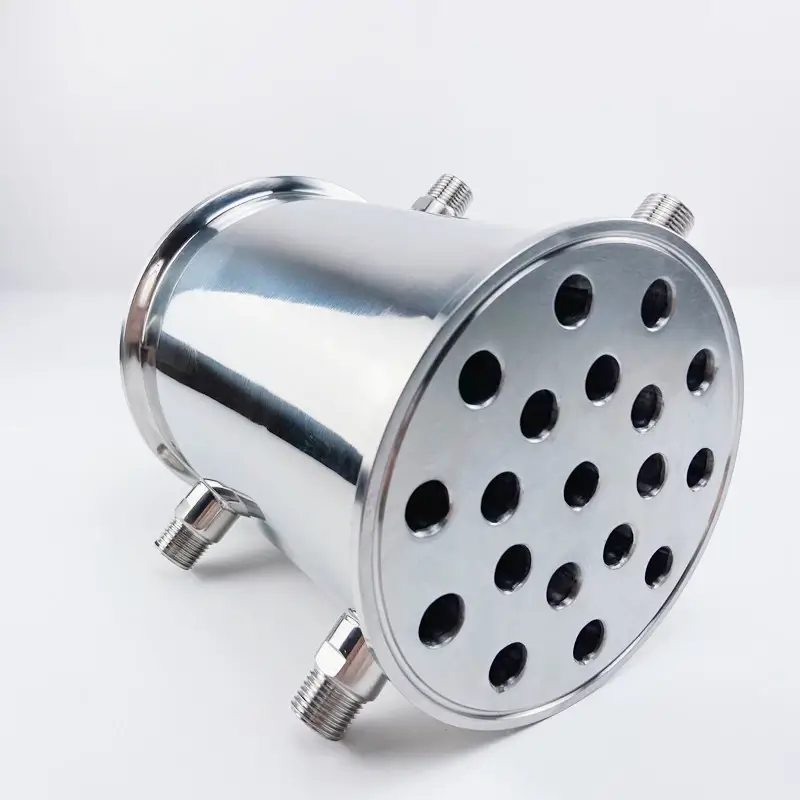
This type of condenser is used to create reflux in distillation columns to produce a high percentage of neutral spirit. The way it works is vapour rises through the column and when the vapour hits the cool condenser the heavier water vapours condense back to a liquid and drop down through the column and the lighter alcohol vapours carry over.
Sight Glass

A transparent tube is used for observing the level of liquid contained within a tank or boiler. Simple sight glasses can be a plastic or glass tube connected to the bottom of the tank at one end and the top of the tank at the other.
Distilling Parrot

A distiller’s parrot is a piece of equipment that allows you to take alcohol gravity measurements using an Alcometer continuously throughout your pot or reflux run. It should be placed in line with your distillation outlet so that the drops of distillate fall directly into the tallest collection cone. But it should only be placed in-line after you collect your foreshots. Your alcohol meter is then gently placed into the lower cone. Be careful not to drop in the alcohol meter before there is any liquid/distillate in the cone, as dropping it into an empty cone could break your glass alcohol meter.
In conclusion
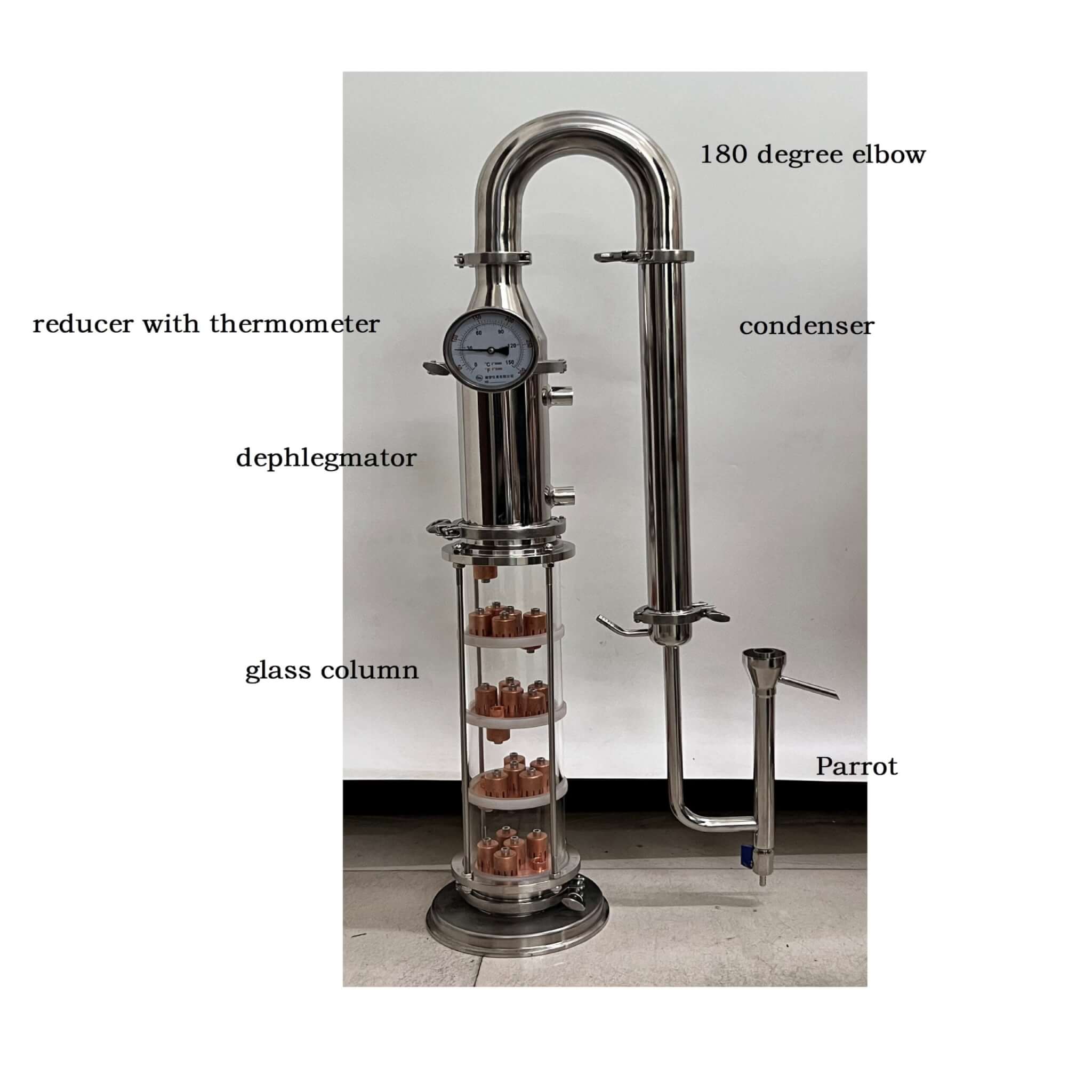
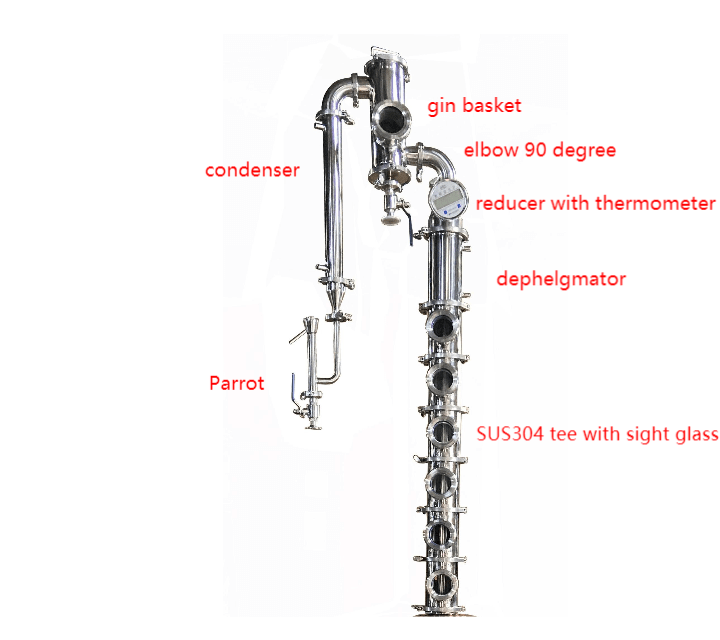

If you are looking to build your own stainless steel column still then check out what we have, we have equipment for 2″, 3″, 4″, and 6″ stills. If you have any enquiries then do not hesitate to contact one of the Cactus Craft members. If we can’t help you, we definitely know people that know their stuff!
Build your still, get distilling, and remember… we have the ingredients you need as well! Check out our Sale! section to see what we have on sale and kick off the new season with some new stuff!

Hello! Do you use Twitter? I’d like to follow you iif that would be
okay. I’m definitely enjoying your blog and look forward to new
updates. https://Www.waste-ndc.pro/community/profile/tressa79906983/
Hi there, just became alert to your blog through Google, and found that it is really informative.
I’m going to watch out for brussels. I’ll appreciate if you continue this in future.
Many people will be benefited from your writing. Cheers!
Lista escape room